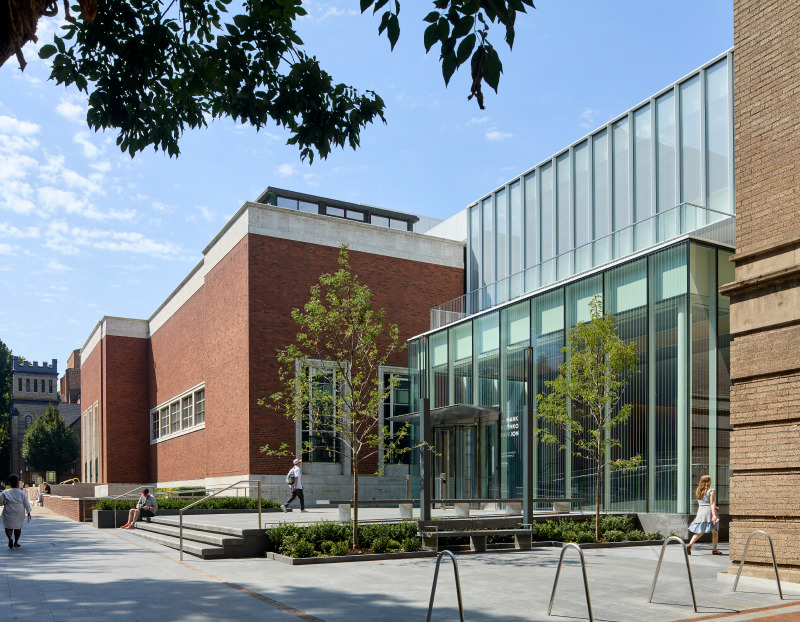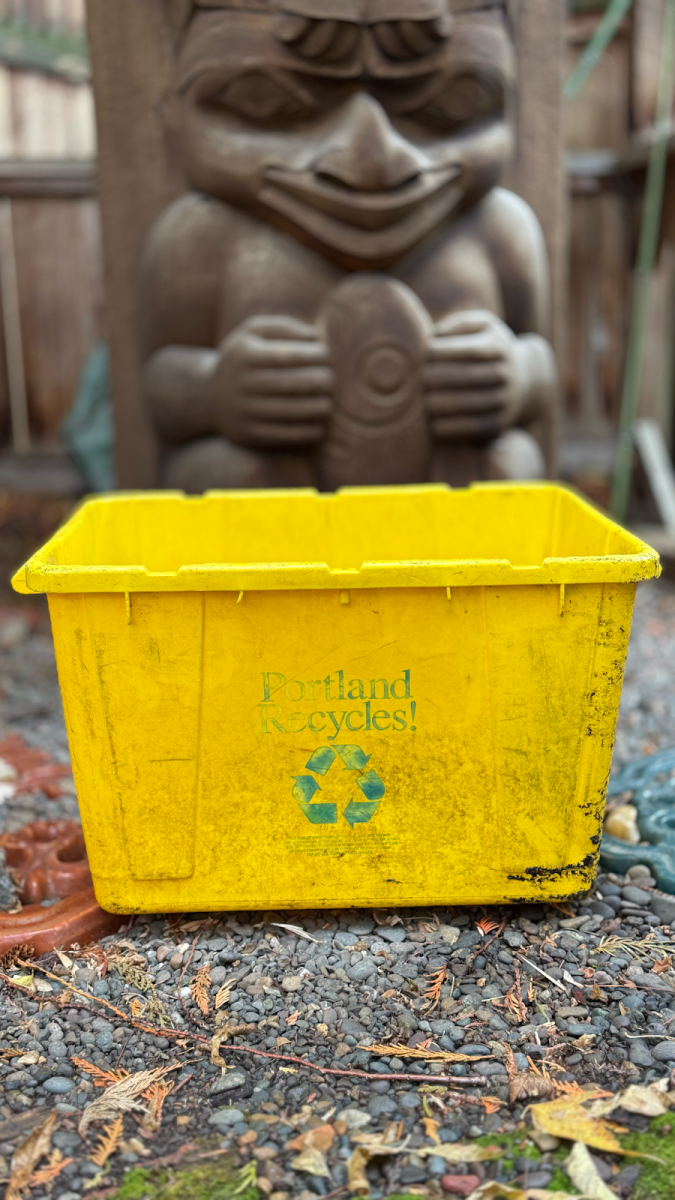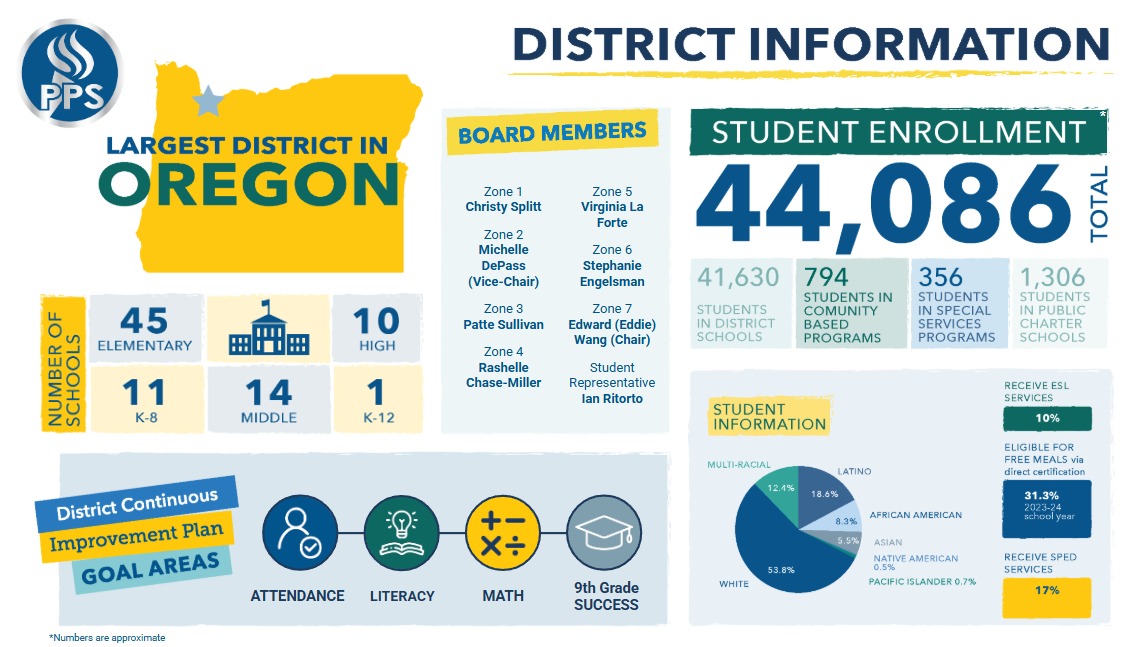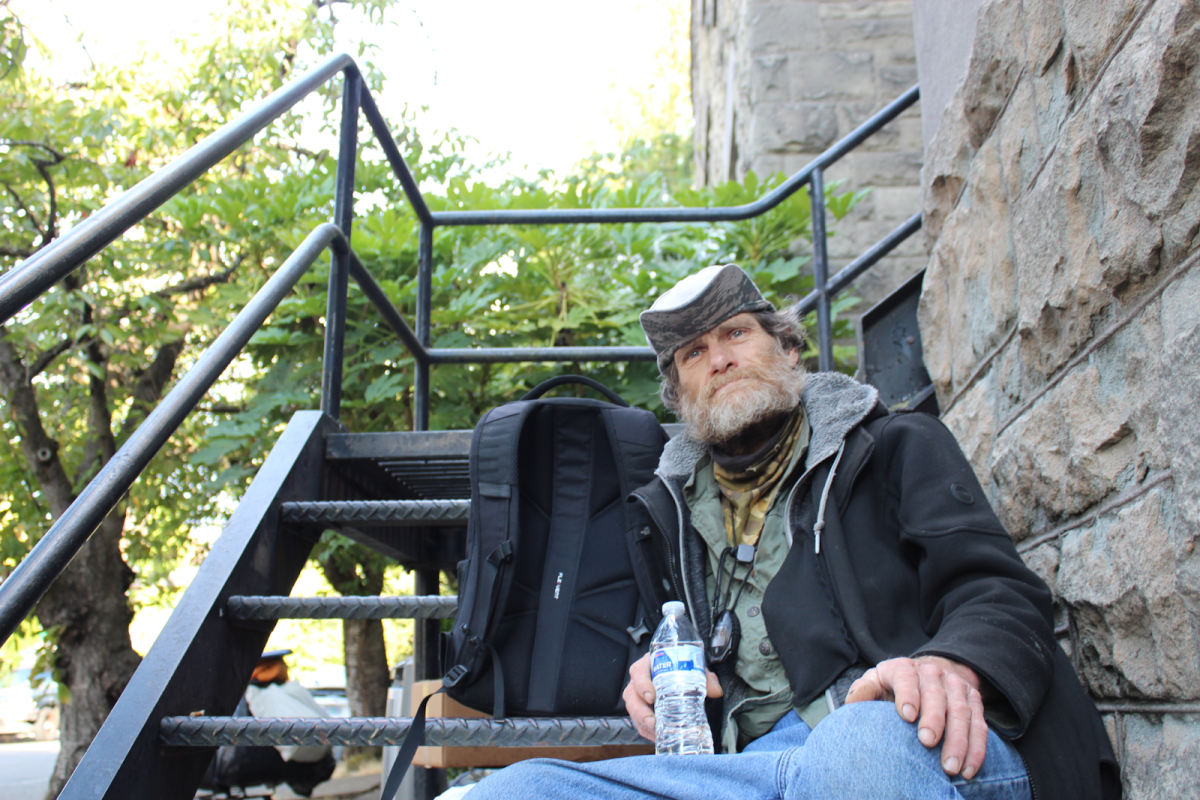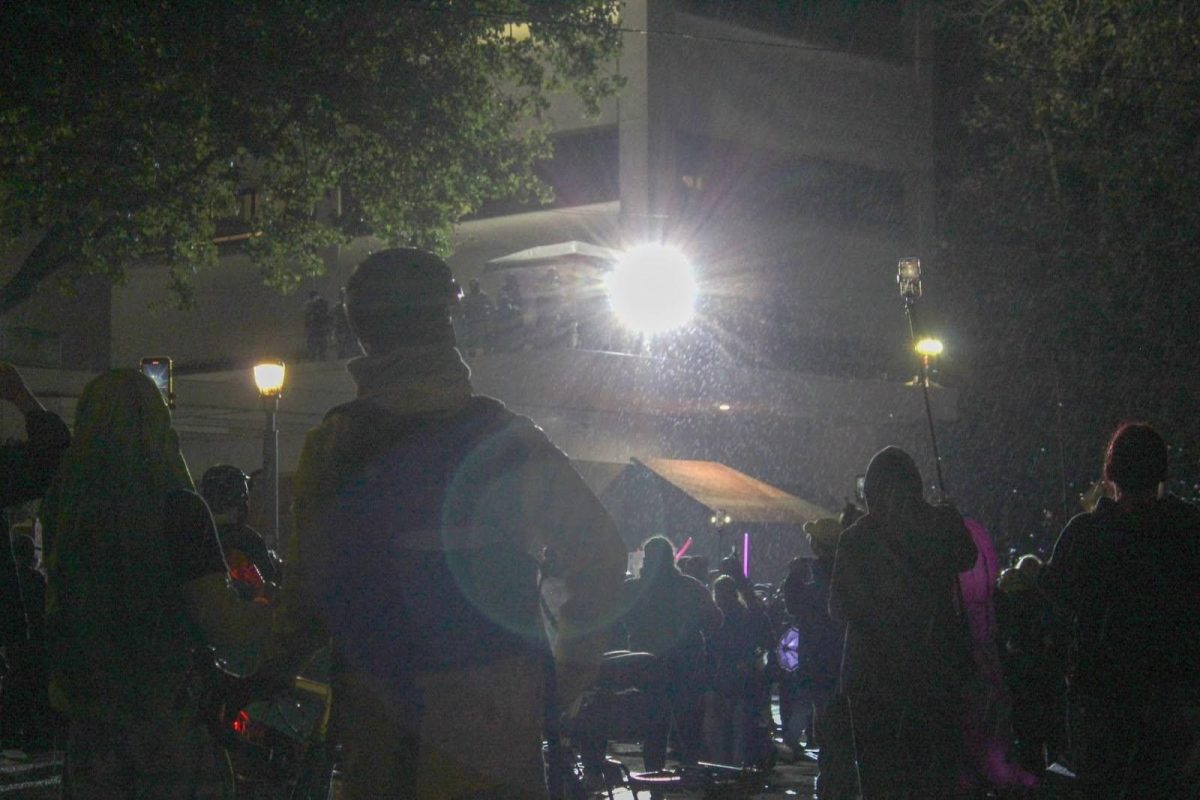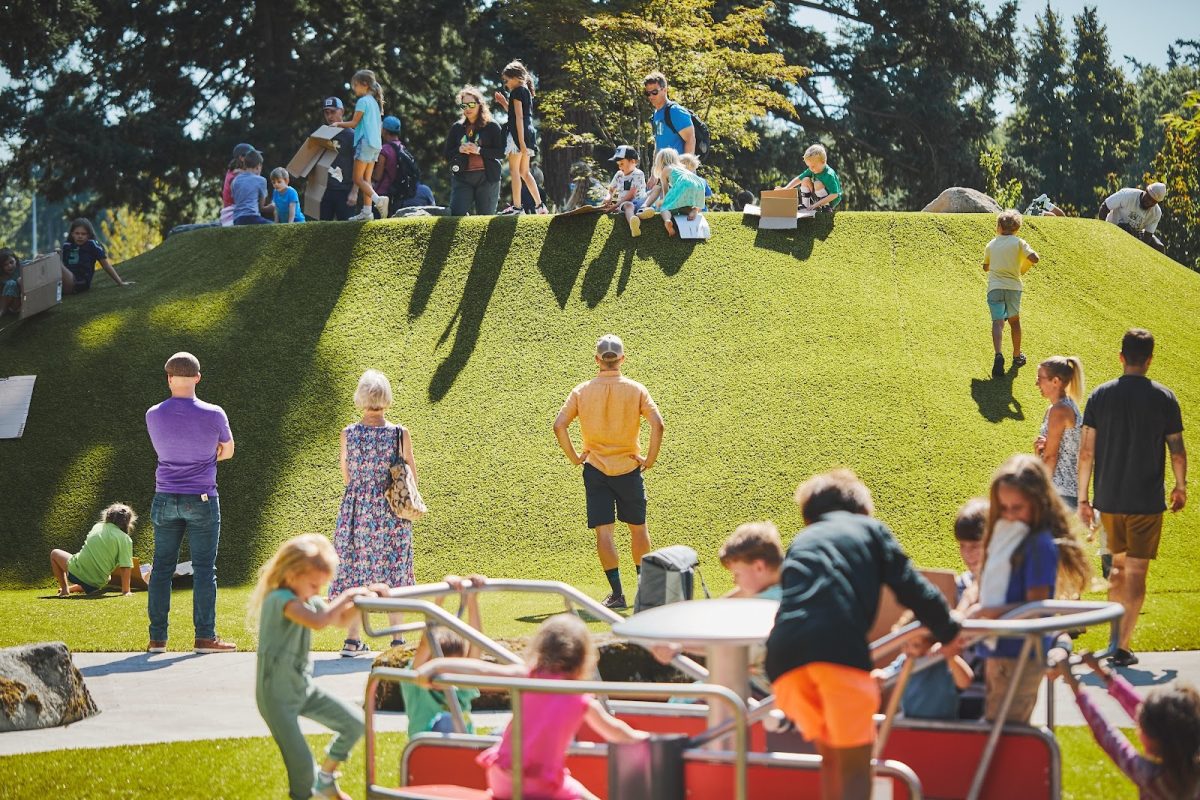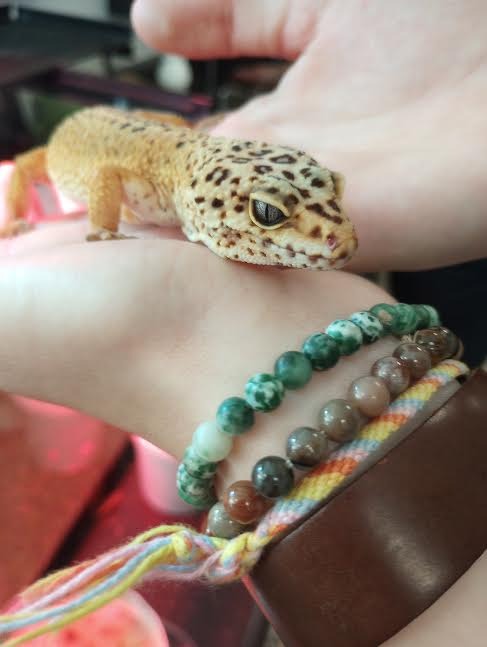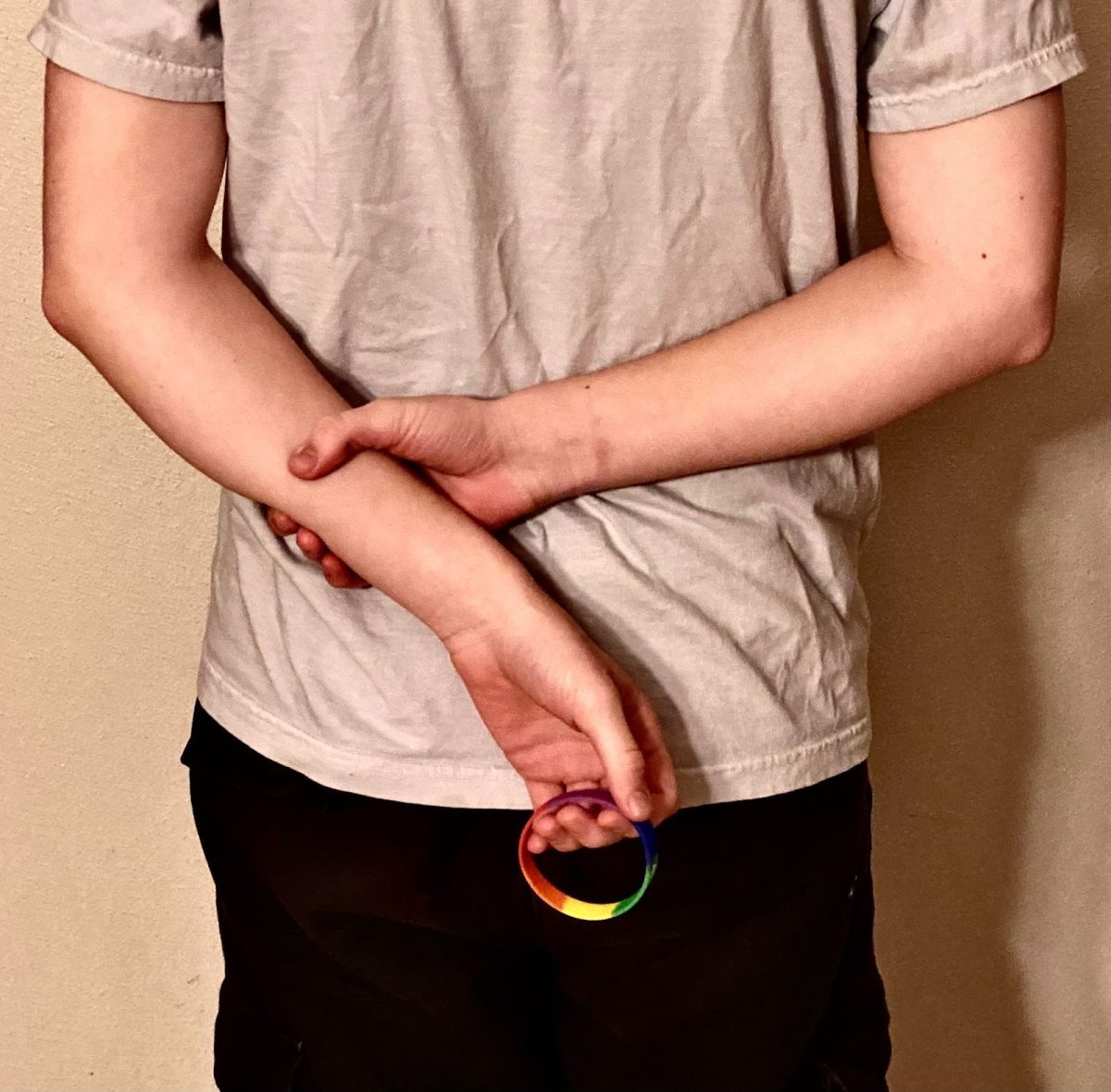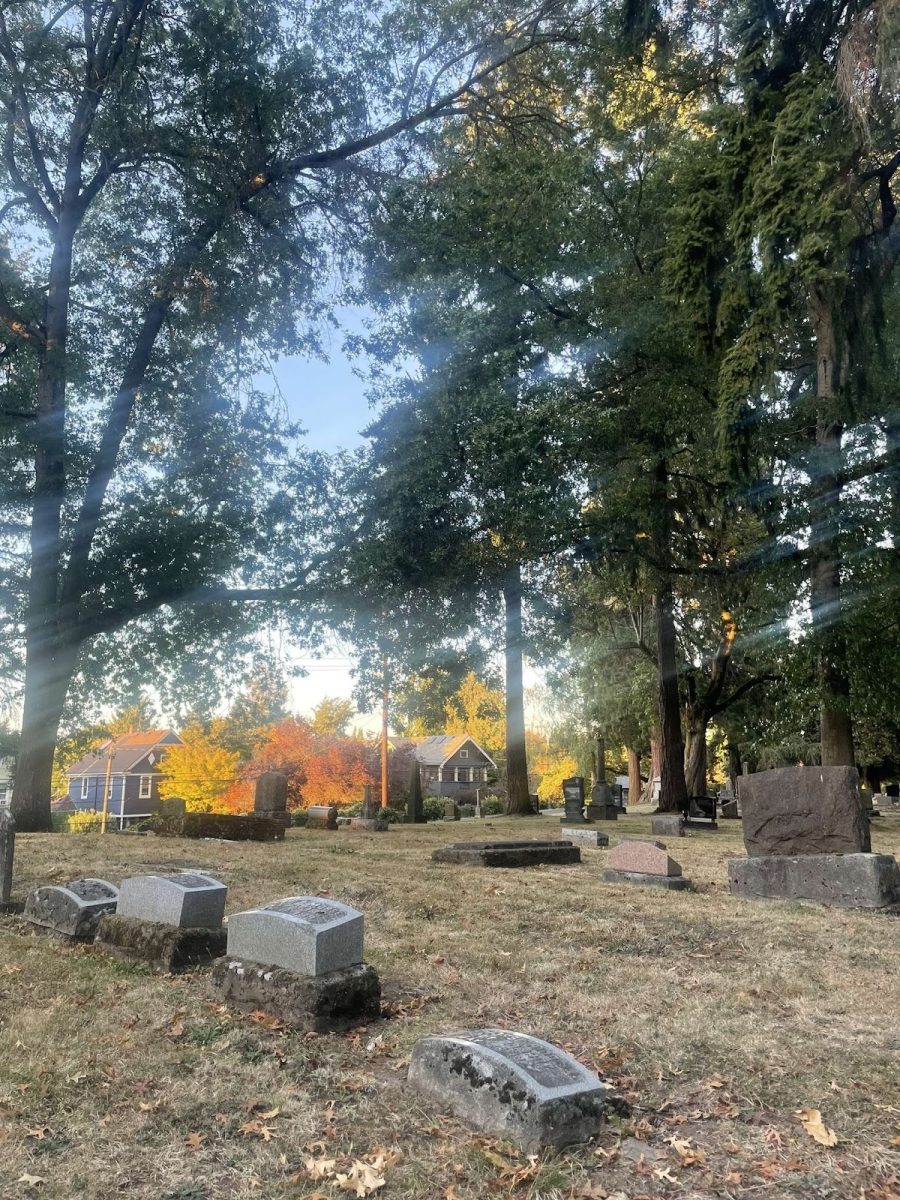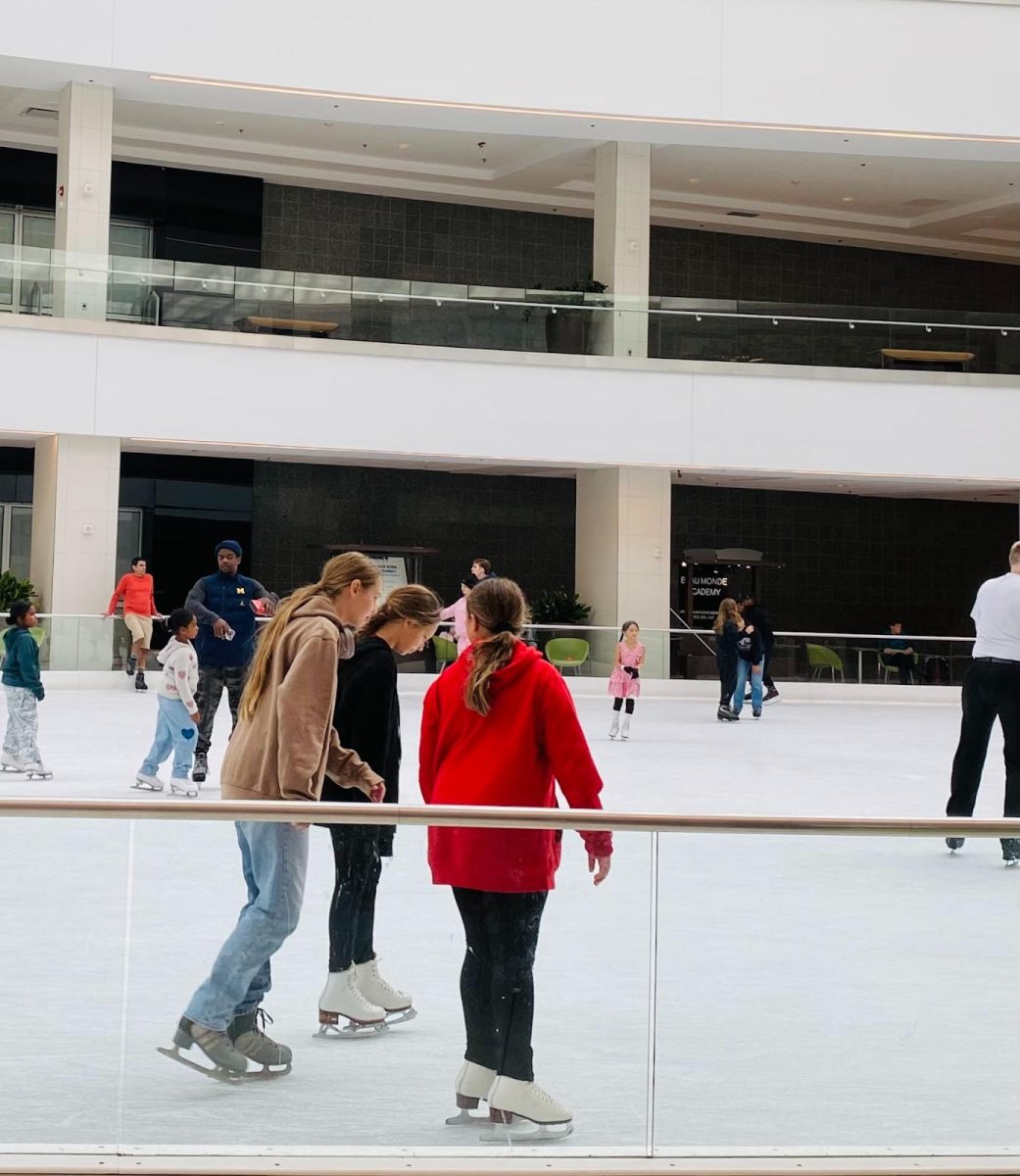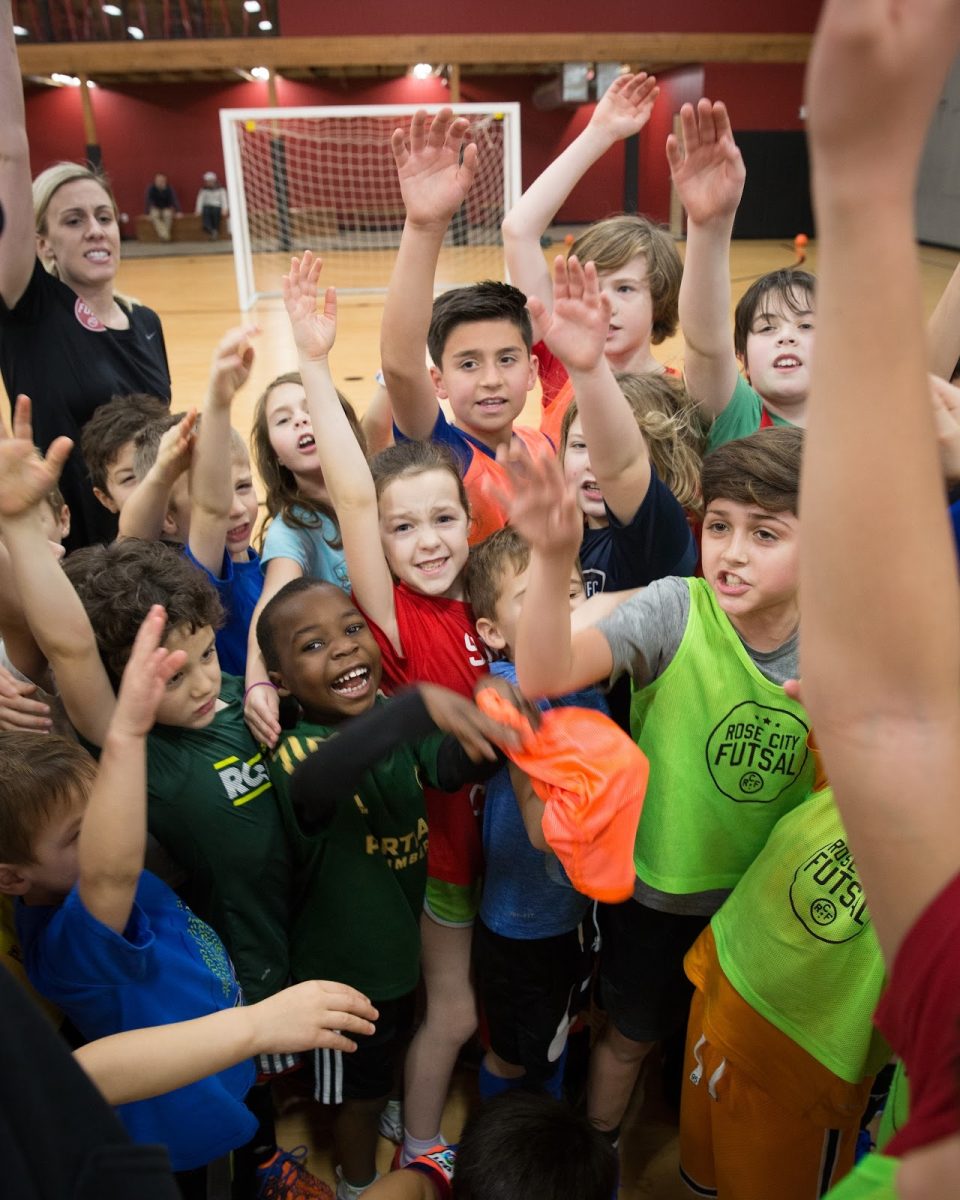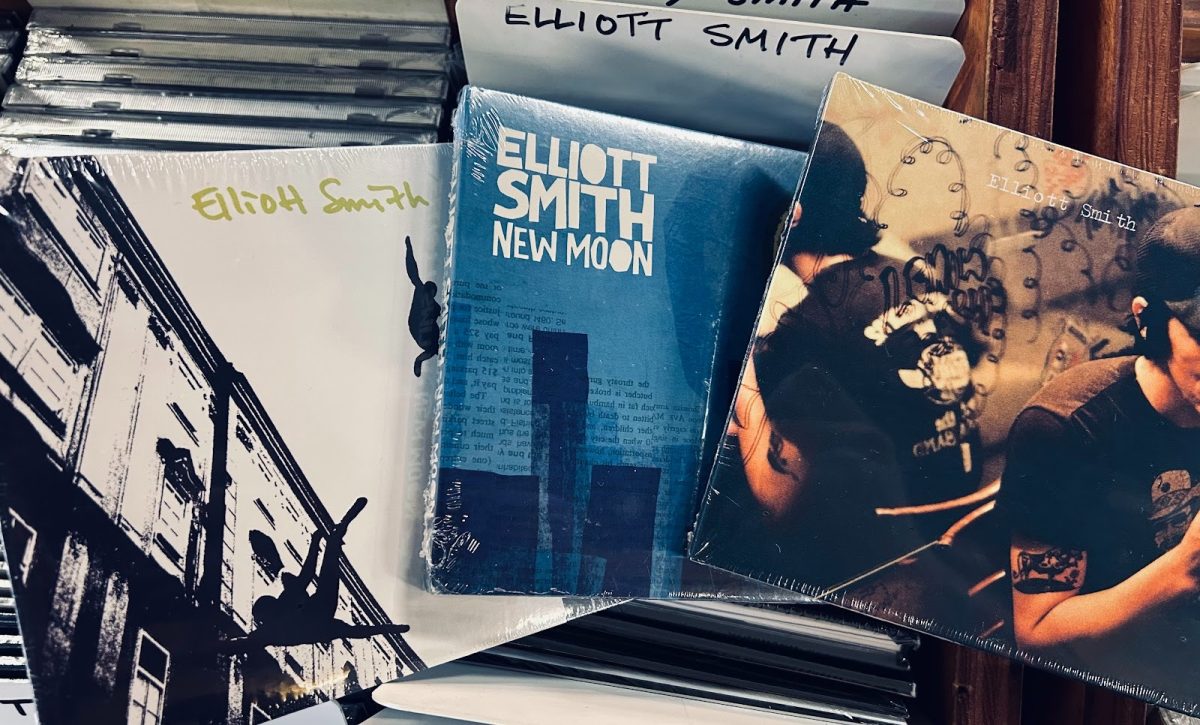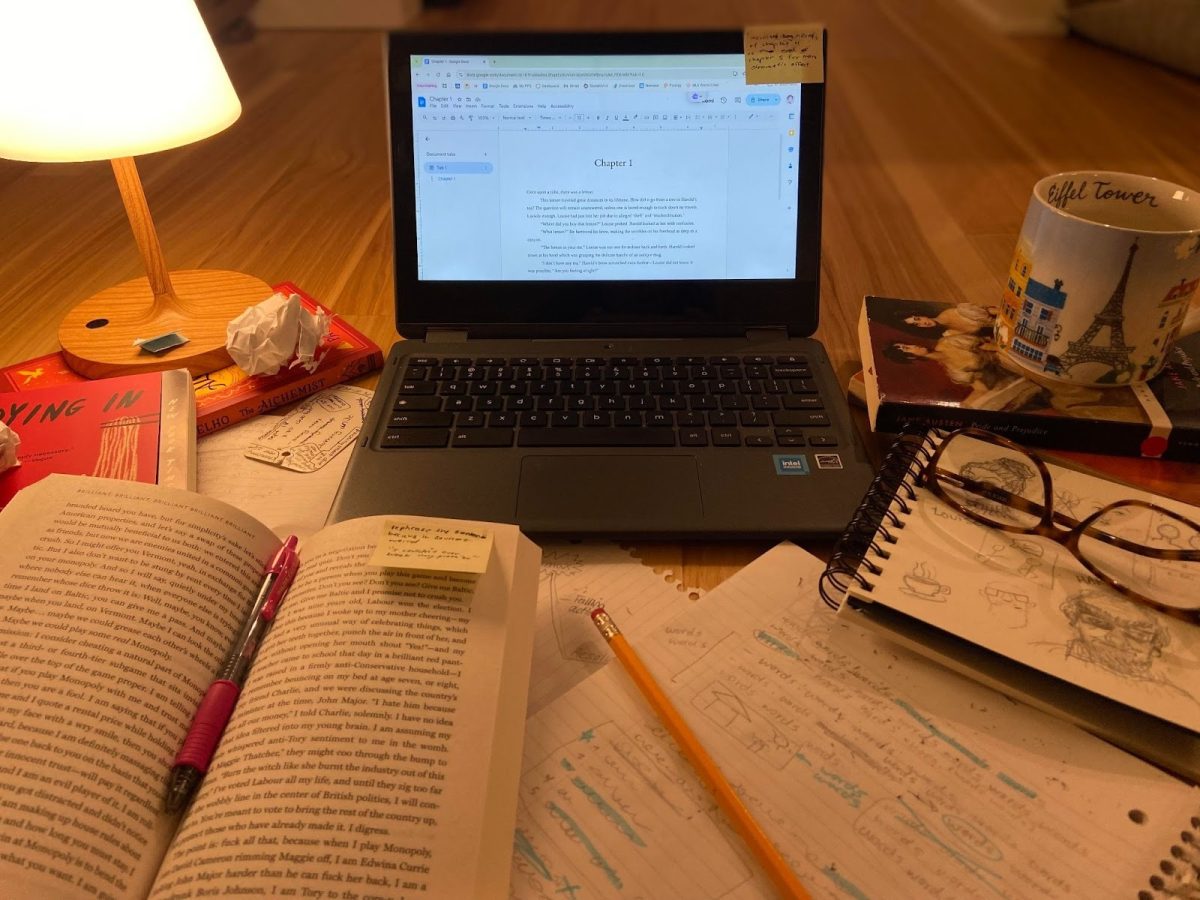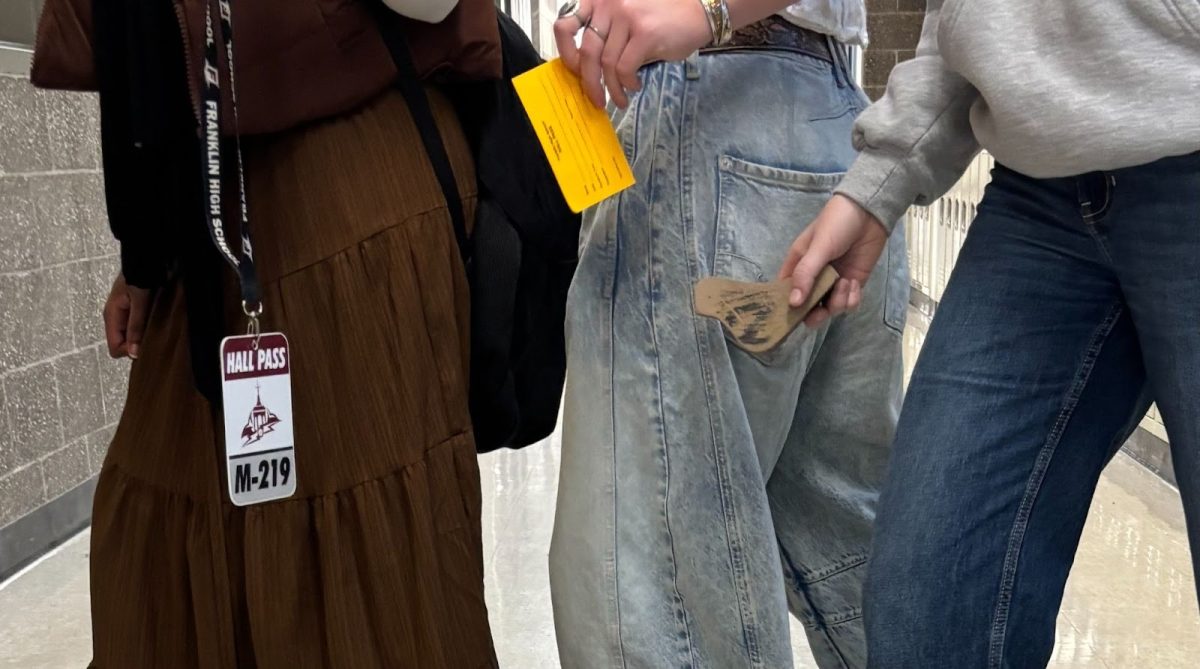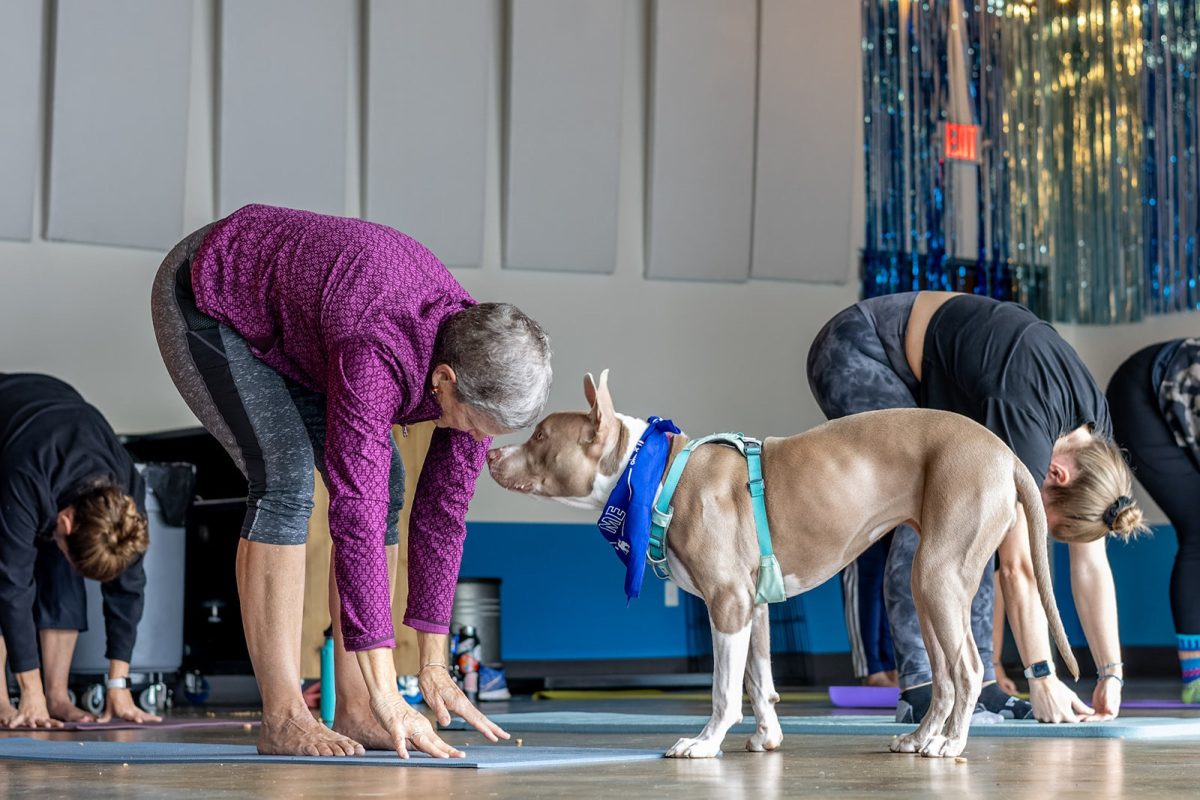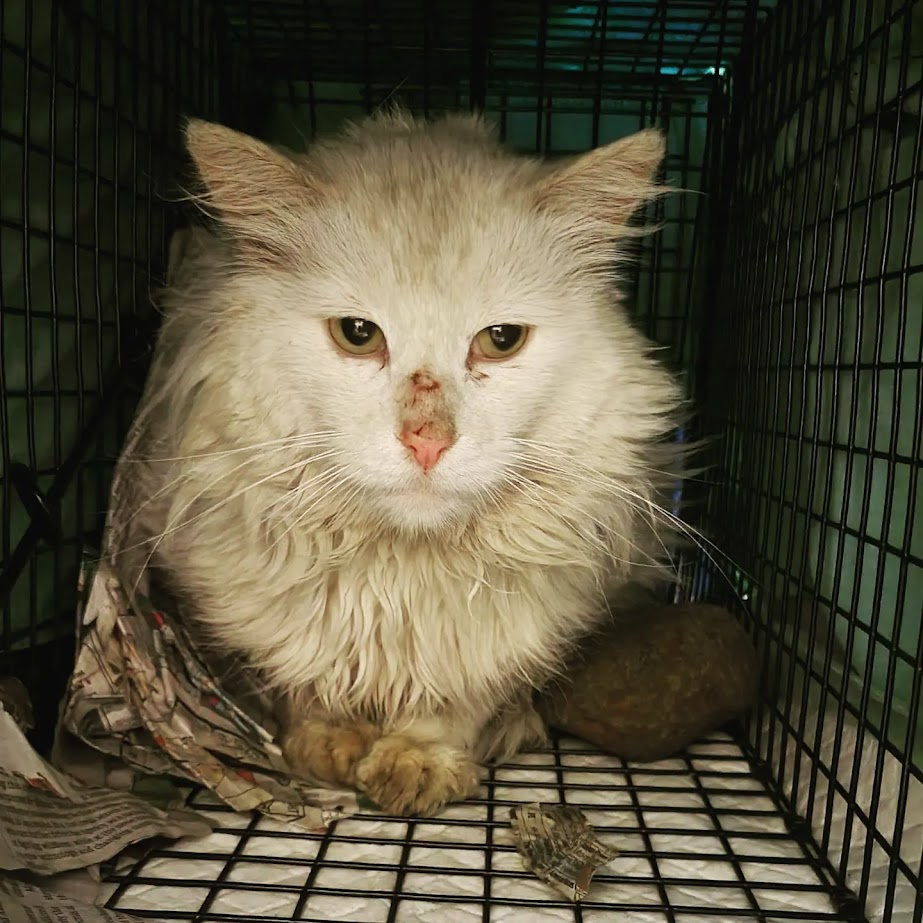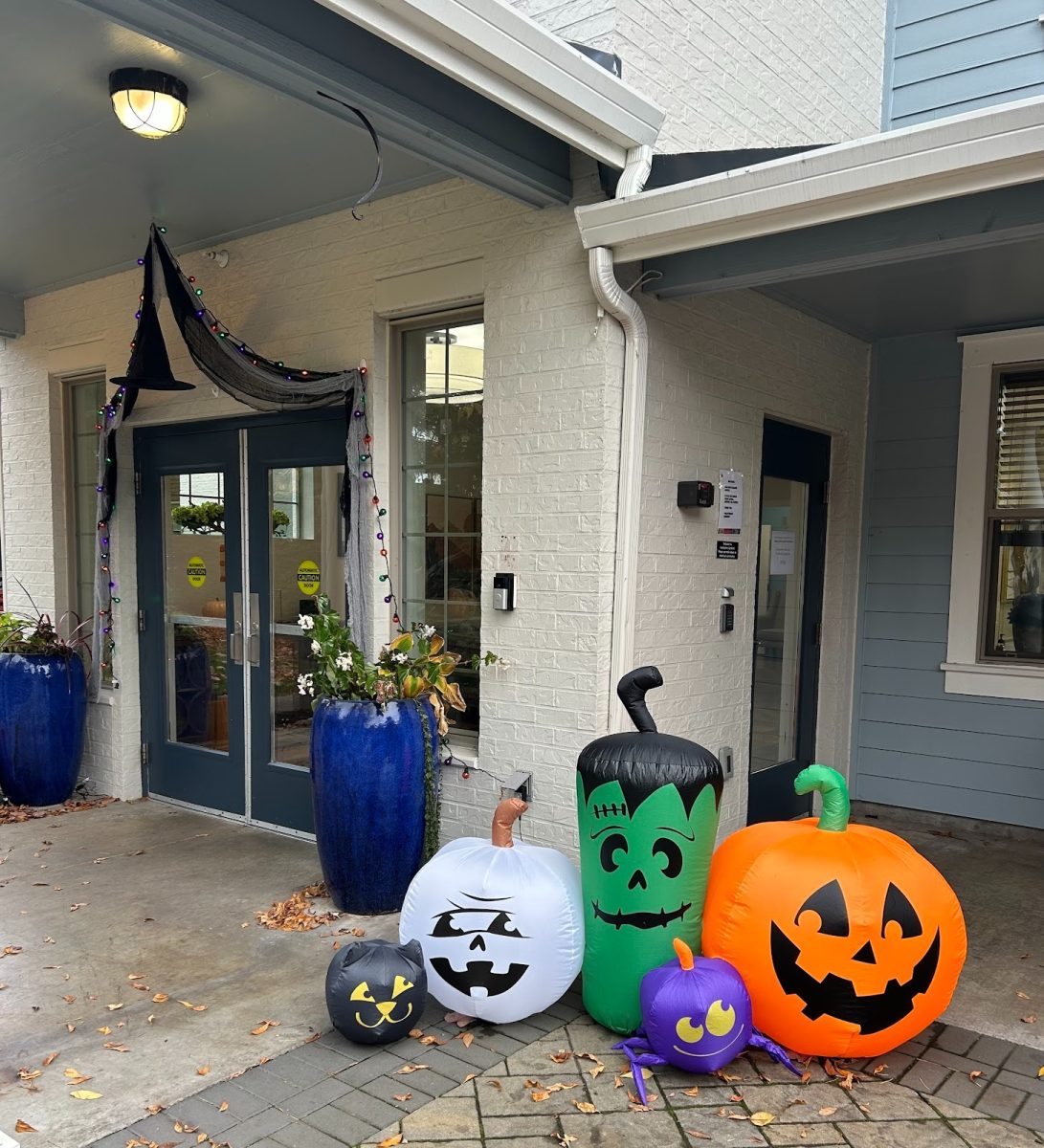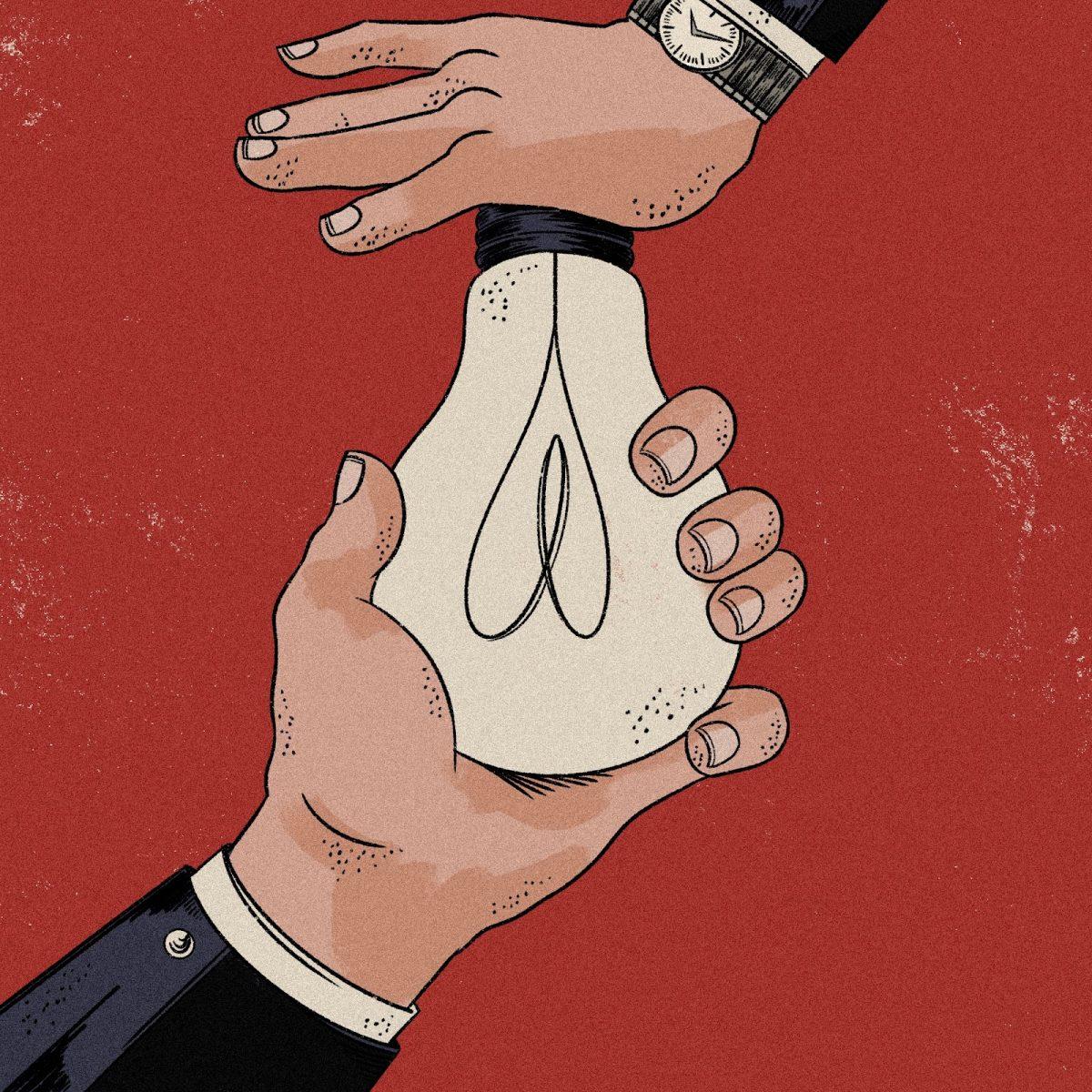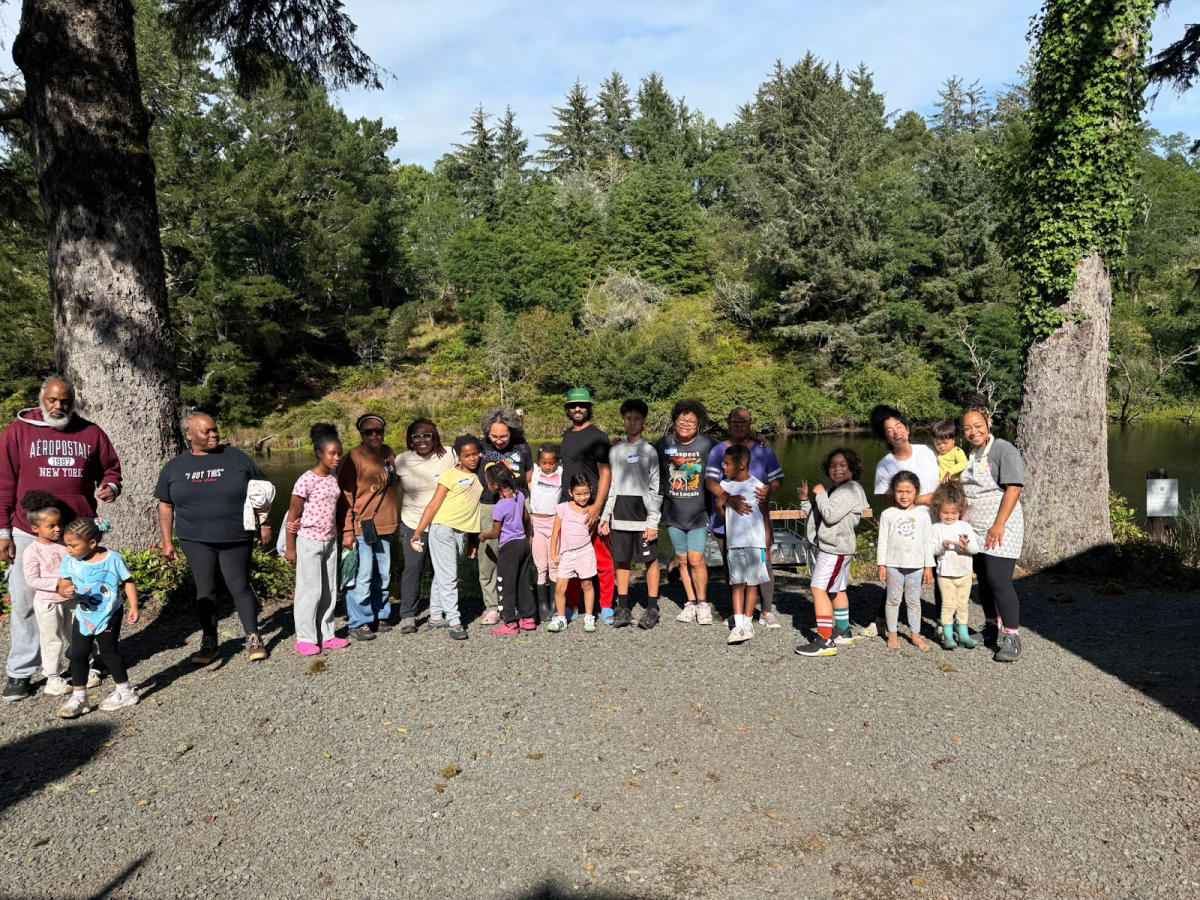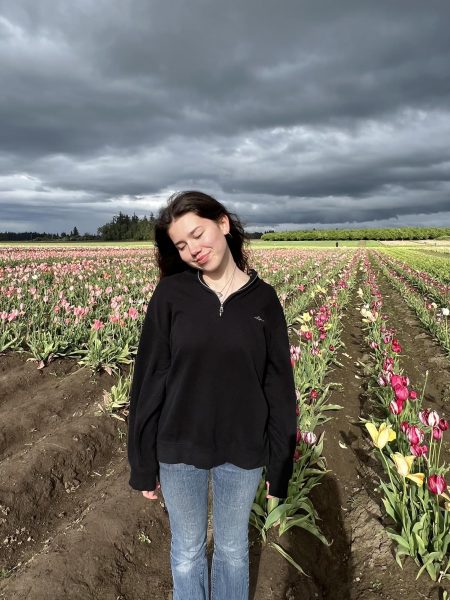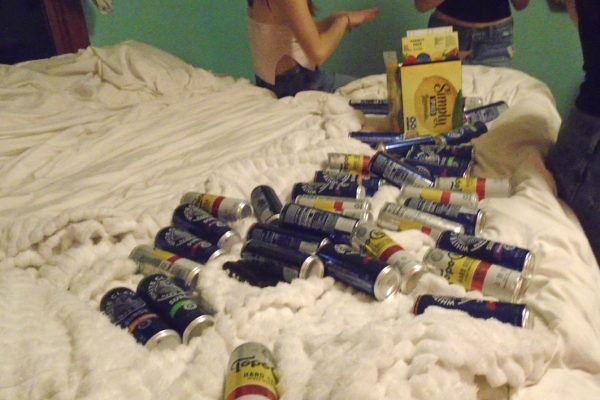
“By the time adolescents are in their senior year, … I would say about 61% of American youth report having drunk alcohol,” states Craig Colder, a professor of psychology at the University at Buffalo who specializes in adolescent drug use. This statistic may lack shock value for some; underage drinking has been immortalized in countless teen movies and overdramatized health class presentations. But often, the way it’s discussed is hypothetical — or fictional — which makes it difficult to grapple with the reality that underage drinking is happening nationwide — and in people’s immediate communities. This includes Franklin, where valedictorians, student-athletes, and drug dealers all participate.
Local teens corroborate Colder’s estimate, with a female upperclassman, who describes herself as an active community member and student, stating, “[Drinking] just feels common. There’s always some people who are against it, of course, but I think overall [there are] a lot more people who do it than not.”
However, these perceptions conflict with data from the most recent Student Health Survey, conducted in 2022 by the Oregon Health Authority (OHA). Through anonymous, voluntary polling, it found that only 16.6% of Oregon 11th graders reported using alcohol in the last month. Rebecca Garza, a health promotion strategist in the Public Health Division of OHA who manages the Rethink the Drink communications brand, notes, “Both national and Oregon data show that underage drinking has been steadily declining and is at all-time lows.”
Even though it’s in decline, many high schoolers still choose to drink. The prevalence of underage drinking may be at least partially due to ease of access to alcohol. The upperclassman remarks, “I feel like it’s hard to get into a situation where you can’t access it.” Teens mention accessing alcohol from older siblings; parents; peers; and “plugs,” a slang term for individuals who sell alcohol and other drugs. In addition, not all teens rely on others; some possess fake IDs, while others simply purchase alcohol at stores that they know don’t ask for an ID.
A local high school student and plug describes their sourcing process. They use a fake ID to purchase drugs — including alcohol — which they sell to around 20 monthly and five weekly customers. They comment, “[The stores I visit] are very chill, and I feel safe. … I’ve been using [my fake ID] for so long and never had an issue.” Plugging is a vital source of income for them. “It pays for all my gas, especially in the summer when I drive half an hour there and back from my work, Monday to Friday. The majority of all my work, including plugging, goes toward my college fund,” they say.
As teens describe how they access alcohol, it begs the question of why they drink. For most, motivation begins in what Colder calls the “peer context.” He explains, “There’s access through peers, and then, of course, there’s social reinforcement for use. So as there’s this shift away from the family [as teens age], the peer groups that adolescents select into become very important.”
All of the students interviewed primarily drink in social settings, although the female upperclassman highlights she does sometimes drink when stressed. A male senior takes a firmer stance, stating, “Drinking alone is sort of the epitome of a midlife crisis, and I’m not trying to reach that point in my life yet.”
The social settings the teens are referencing tend to be parties, which can offer a chance to interact with new sets of people. Under the influence of alcohol, socializing can become easier for some, with Colder describing, “There is the view that alcohol can serve as a social lubricant.”
The male senior explains, “When everyone around you at a party is [drinking], you feel sort of awkward not doing it. It feels weird because everyone treats you and acts differently when under the influence of alcohol … but when you are all at the same level [of drunkenness], that awkwardness drifts away.” The female upperclassman agrees. She comments, “I’m a person who thrives off being social … so when I get a little drunk and I get super social with people I don’t know at a party, it’s so randomly fulfilling.”
However, the social impact of drinking doesn’t always end in new friendships and funny stories for the morning after. It can culminate in intense pressure to drink, regardless of an individual’s views on participating. The female upperclassman observes, “It’s really easy to get pressured into it, especially if you’re in a setting where everyone is holding [a drink].”
Peers can also have the reverse impact, helping support teens in their choice to not drink. As Asher Sobel, a junior at Franklin who abstains, puts it, “My closest friends don’t drink, so it’s just not a thing for us.” For him, this means he hasn’t really been in situations where his peers are drinking, furthering his resolve not to participate.
Academic and athletic concerns are another potential factor in teens’ decisions to drink or not. Sobel is a varsity tennis player and states, “If I did drink I don’t know if I would be as good of an athlete and student.”
However, not all teens feel this way. With the crushing pressure of working jobs, maintaining good grades, applying to colleges, and any of their other countless responsibilities constantly following them, many teens turn to drinking as a way to cope. The female upperclassman recalls, “There was this college rejection and I was like, ‘Oh my god, this is the worst day of my life.’ … You don’t know what to do with yourself, you can’t get yourself out of bed, but you have so much stuff to do.” She continues, “The only thing you can do is take a shot and get over it.”
In contrast to some teens’ descriptions of drinking aiding their academics through stress relief, Colder highlights that underage consumption is associated with lower academic achievement. “That has implications for careers, whether someone goes to college, how well they do in college, what kind of job they end up with when they get out of college … so it can lead to somebody not achieving their potential,” he explains.
Other harms highlighted by Colder include unintended injuries, increased likelihood of developing alcohol use disorder, and risky sexual behavior. As he puts it, “There are a variety of things that heavy drinking in adolescents can do, and it may be one acute consequence that has long-ranging implications, or it could be just [that] the chronic pattern leads to declines in functioning.”
The plug also notes the potential for harm. They estimate that “1 in 20 [teens] have had an experience where they’ve really fucked up their health or property by drinking.” They recall a party they attended where a high school-aged girl was chugging vodka from a liter bottle. It was completely normalized, even when the girl began vomiting. She eventually fell from a balcony into a ditch. While she survived and was pulled out, the plug recounts, “She looks dead; she barely looks like she’s breathing. … Every single person at this party including her best friends are like, ‘No … she’s fine.’ … [My friend and I] hide in a closet and call 911, and we gather all of our shit and run.”
Even with the frequency of drinking-related injuries, fear of law enforcement can prevent teens from getting help. However, Oregon law prevents those under age 21 from being charged with a minor in possession violation when they seek alcohol-related medical assistance for themselves or others.
The plug concludes the story from the party by saying, “The police came and took down all [the teens’] names and ages. There was alcohol all over the house and not a single one of them got in trouble.” However, the female upperclassman thinks the level of police involvement depends on the neighborhood. She mentions that she’s seen police stop people, stating, “I think the police are more cautious with people around my area.” In response to inquiries about how the police handle underage drinking, the communications contact for the Portland Police Bureau stated, “Unfortunately, we have not done a lot of work in this space in some time.”
Underage drinking prevention is primarily handled by the Oregon Liquor and Cannabis Commission (OLCC), which educates alcohol-serving institutions about the importance of prevention, as well as conducts minor decoy investigations. “A minor decoy operation involves a person between the age of 18-20 going into a business and trying to buy alcohol using their real ID,” explains John Brady, the OLCC’s director of communications. OLCC’s focus is on holding the adults supplying the alcohol accountable, rather than the teens participating.
Lack of repercussions — legal or familial — can lead teens to feel more comfortable drinking, something that is not always a negative. When teens aren’t scared of parental consequences, they are more likely to reach out for help. This can range from discussing feelings of concern over peer pressure to asking for a ride home from a party when they’re too inebriated to drive.
Colder advises, “If an adolescent is drinking and coming home drunk, there probably should be consequences to send a message that this is not an acceptable behavior. At the same time, parents want to make sure that they’re able to have conversations — and I truly mean a conversation, not a lecture — about drinking.” He summarizes, “The theme here is openness and approaching this with warmth and concern.”
The teens brought up this theme as well. Due to her mother’s open-mindedness, the female upperclassman informs her mother when she’s going to drink. “It’s always nice to have someone know in case something happens,” she explains. “I think a lot of my friends who have stricter parents, even when they are completely fucked up, have no person to call because they’re more terrified of disappointing their parents than what will happen to them.”
So at the end of the day, what do teens want adults to know about their alcohol consumption? “A lot of people have done underage drinking; it’s not a gateway into becoming a drunk,” says the male senior. “Have an open mind if someone needs your help in a moment that they are drunk,” adds the female upperclassman.
If Colder’s statistic is representative and 61% of U.S. teens will drink alcohol by the time they reach senior year, then surely there is a diverse range of perspectives beyond those included in this article. Regardless of how, why, or when teens are drinking, one thing remains true: they are.
If you are struggling with substance use, call 1-800-662-HELP to access SAMHSA’s free, confidential referral and information services.
